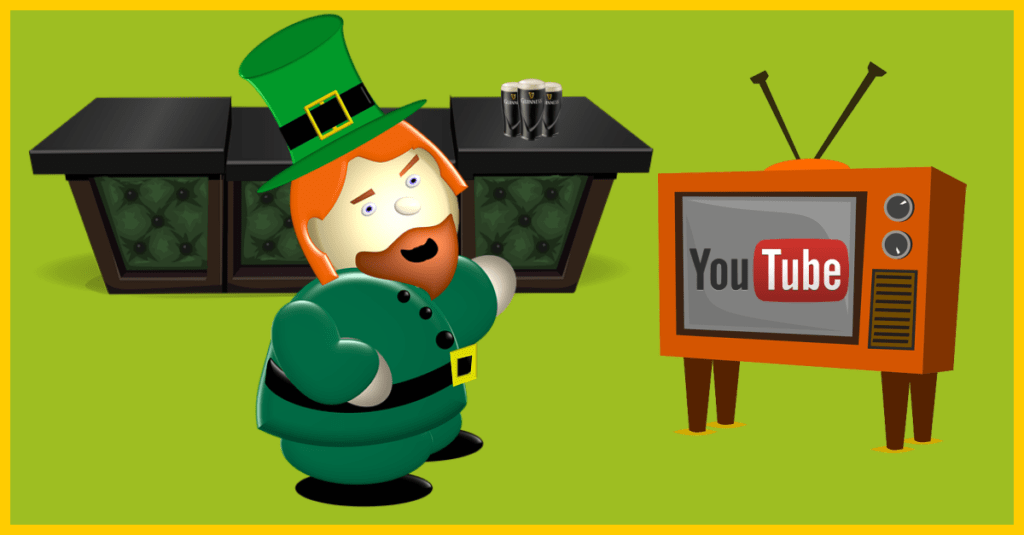Where is Saint Patrick buried?
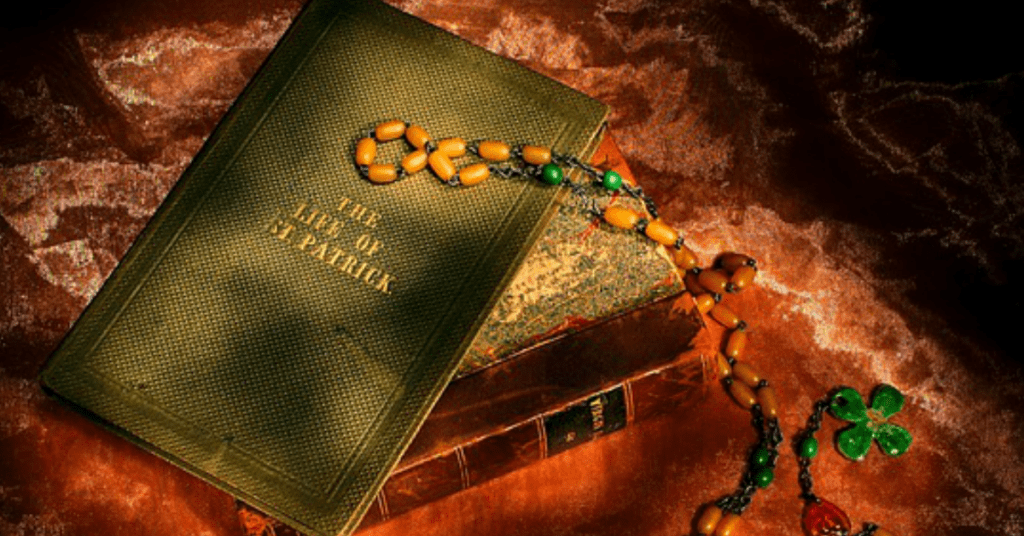
When did Saint Patrick first come to Ireland?
The story of St Patrick is an exciting tale believed to have begun with his birth around 385AD (nearly 400 years after the birth of Christ). His parents were Romans living in Wales.
Did you know that he was not originally called Patrick. He took the name Patricius when he began his mission.
St Patrick’s real name was Maewyn Succat
Patrick was brought to Ireland from Wales as a slave by a raiding Irish party.
He endured hardship as a slave shepherd on Slemish Mountain in County Antrim. Although he escaped from his bondage, he was drawn back to Ireland by a dream and sought to convert the pagan Irish from his church at Saul, County Down.
Saint Patrick and The Shamrock
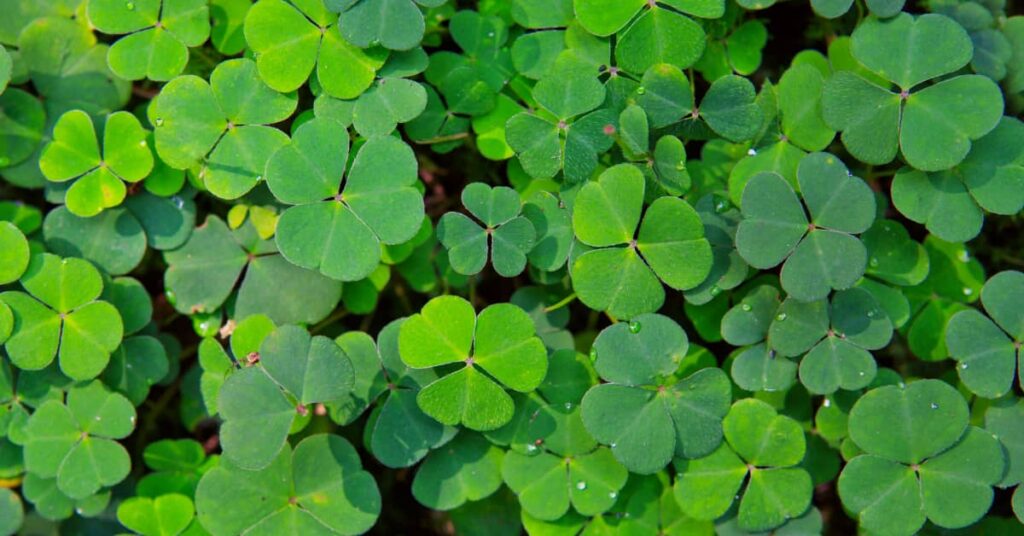
Saint Patrick is the patron saint of Ireland, and his feast day is celebrated on March 17th.
One of the symbols commonly associated with him is the shamrock, a three-leafed plant that is often used as a decorative motif and as a badge of Irish identity.
But why did Saint Patrick use a shamrock?
Legend has it that he used the plant to explain the concept of the Holy Trinity to the Irish people, who were predominantly pagan at the time.
Saint Patrick picked up a shamrock and showed its three leaves, which he used to represent the three persons of the Trinity: the Father, the Son, and the Holy Spirit.
He then explained that, just as the shamrock has three parts but is still one plant, the Trinity is three persons but one God.
Was Saint Patrick the first Christian in Ireland?
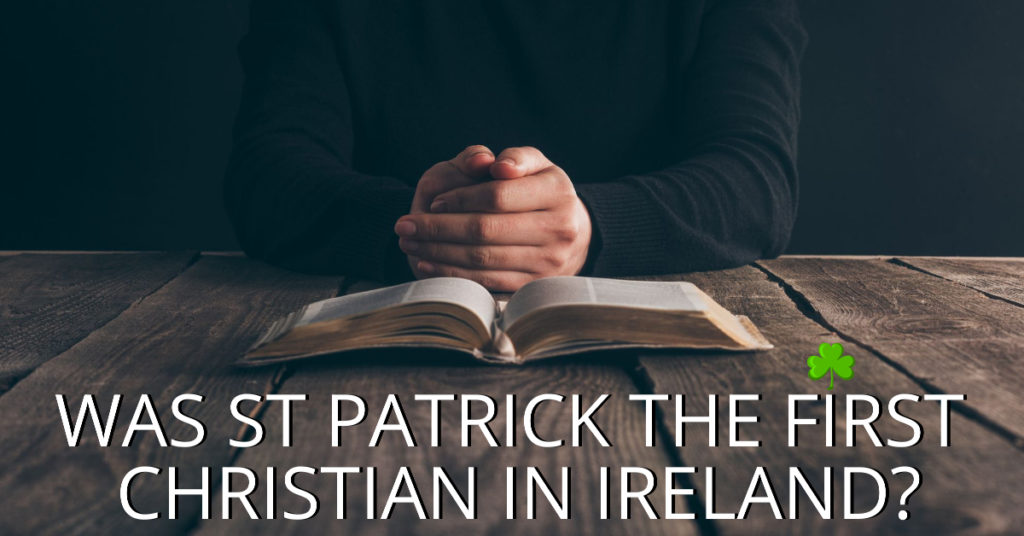
Patrick was not the first Christian missonary sent to Ireland.
It is certain there were many Christians in Ireland, before Saint Patrick.
Palladius, St. Kieran, St. Ailbe, St. Declan, and St. Ibar, have all been called the Precursors, or Forerunners of St. Patrick.
It seems that those early preachers confined their labours to particular places, in which they had considerable success, but fell very short of converting the Body of the Nation.
However, they sowed the Seed which St. Patrick came after to water.
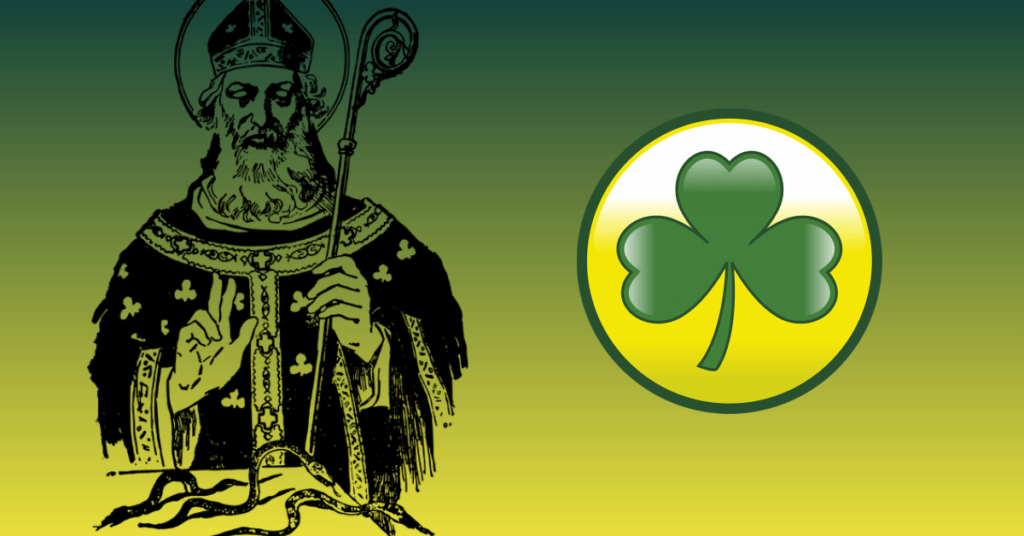
Triple deities – three gods in one – was not a new Christian belief. It did exist in religions of the world before Christianity. This may have been a concept that Patrick’s converts were familiar and the Shamrock was a clever way to illustrate the point.
Saint Patrick and the Snakes in Ireland

Legend has it that St. Patrick drove the snakes out of Ireland. According to legend, Saint Patrick used his staff to banish all the snakes from Ireland, and they were never seen in the Ireland again.
However, it is probable that Ireland never had any snakes anyway when the ice from the last Ice Age melted.
Before the ice melted, the temperature in Ireland was too cold for reptiles, so we didn’t have any snakes here anyway.
However, Saint Patrick’s association with banishing the snake may have been a symbolic act.
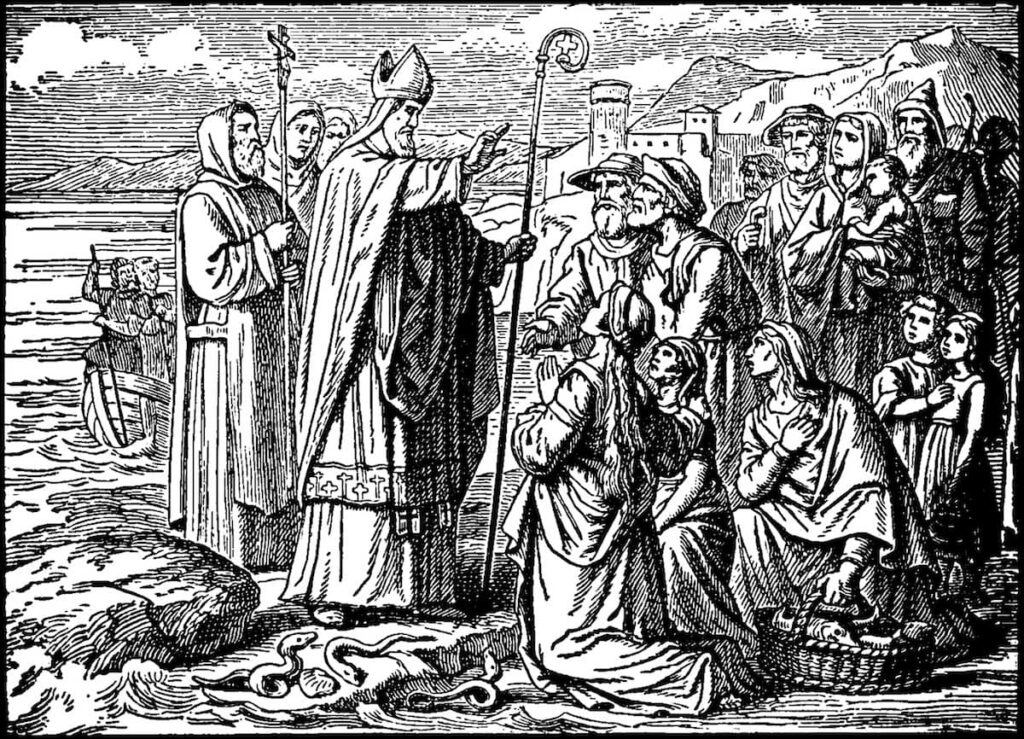
The snake is closely associated with Pagan beliefs of life and water. These religious practices would have been followed by the people of Ireland before Patrick’s Christian conversion mission.
Another interpretation of the significance of the snake to Saint Patrick is that it was a symbol of paganism and the devil.
Snakes were often associated with pagan rituals and were seen as a symbol of evil in Christian theology.
Perhaps the story of St Patrick driving the snakes out of Ireland is symbolic of the banishment of the old traditions replaced with the new Christian beliefs.
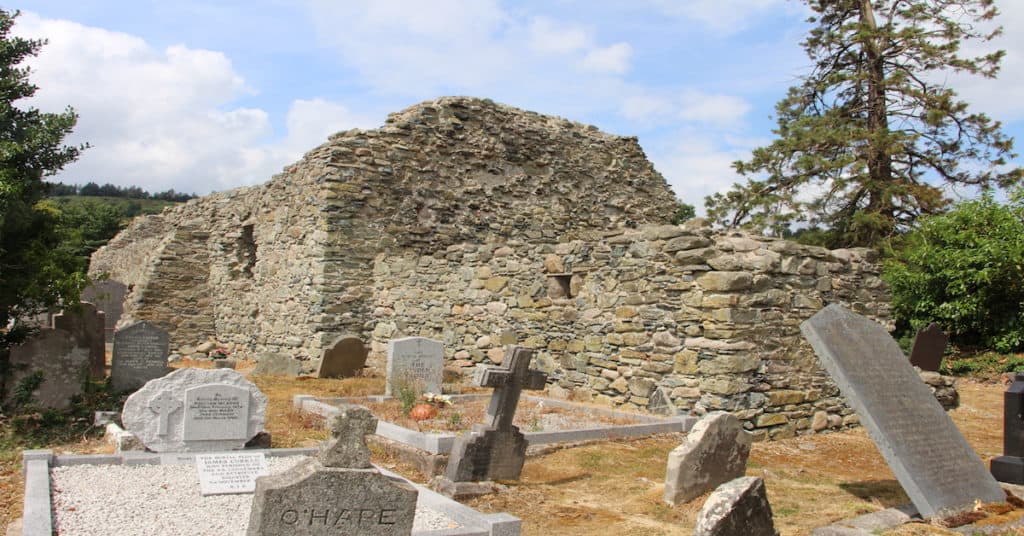
What year did Saint Patrick die?
Saint Patrick is believed to have died in 461 AD.
What age was St Patrick when he died?
If you do your sums using his birth date above, St Patrick would have been 76 years old when he died!
It has traditionally being believed that his final resting place is at the Hill of Down where his gravestone is now situated.
This area has historically been a centre of prayer and worship for thousands of years pre-dating Christianity in Ireland.
Check out our visit to Saint Patrick’s Grave in the video below.
Where is St Patrick buried?
Muirchu, who wrote of St Patrick’s mission in Ireland a few centuries after his death, describes St Patrick’s body being brought by two oxen to his burial place, the site on which a Church would be built.
On the high point of Cathedral Hill in Downpatrick, a carved memorial stone of Mourne Mountain Granite marks the spot of his burial.
This is a popular tourist attraction for people travelling to Ireland.
Saint Patrick’s grave memorial stone
This memorial stone was put in place in the early 1900’s to preserve and protect the burial spot due to the hoards of pilgrims who visited the burial site.
Down Cathedral and Saint Patrick’s Grave, Downpatrick
Down Cathedral is housed on the location of an old Benedictine Monastery.
Down Cathedral, the Cathedral Church of the Holy and Undivided Trinity is a Church of Ireland Cathedral.
John De Courcy, the Norman conqueror of Ulster, is said to have expelled the Augustinian monks who had resided there.
The monastery had been destroyed and rebuilt many times.
Check out what people are reading Bestsellers in Ireland
Is Saint Patrick really buried in Downpatrick?
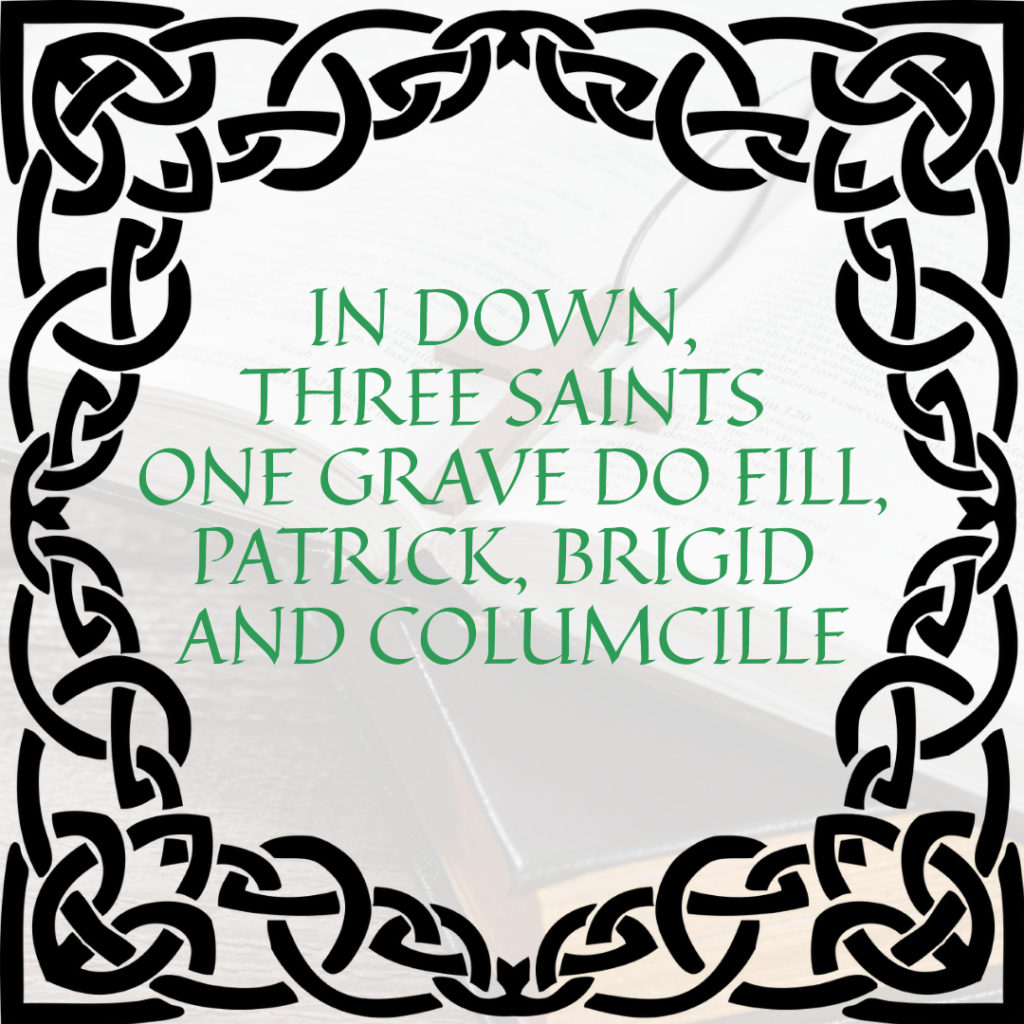
One cannot be sure if St Patrick is actually buried at the spot but it certain that this area was an important, revered ground to the early Christians in Ireland.
It is believed that this hallowed ground is the resting place of Ireland’s most famous Saints.
In Down, three saints one grave do fill,
Patrick, Brigid and Columcille.
History has recorded that the great Saints of Ireland were not to enjoy eternal rest in this place subject to desecration by various invading parties with their own spiritual and religious motives.
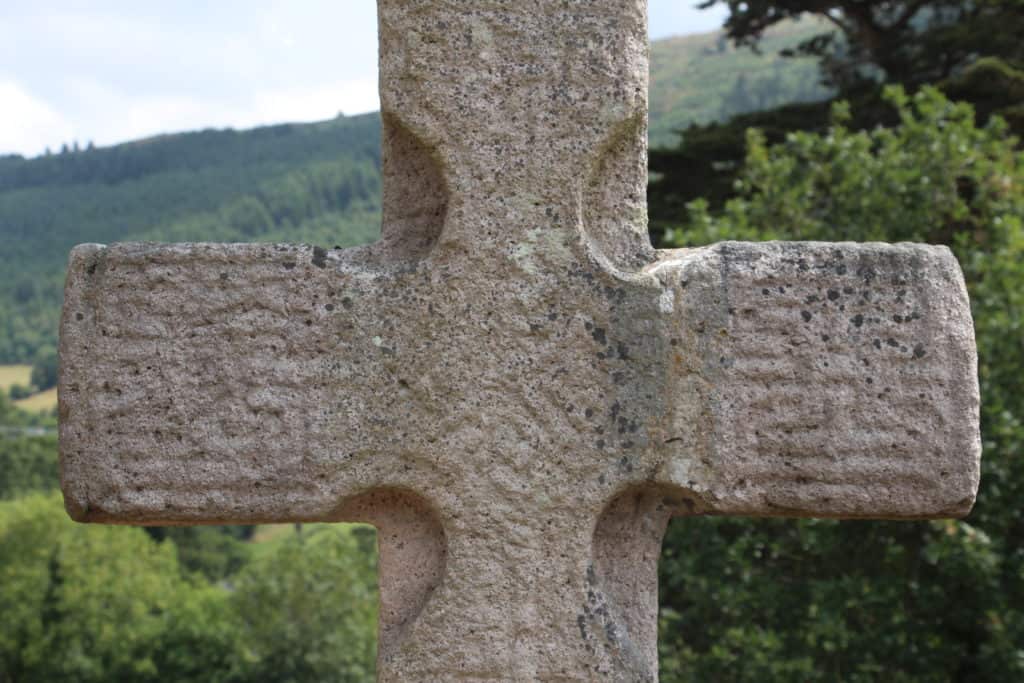
St Patrick Centre, County Down
The centre houses an exhibition of Saint Patrick. You can learn about Saint Patrick’s life, his mission and legacy.
You will also learn more of what life was like for the people living in the County Down area in the early Christian period.
This is the address for the Saint Patrick Centre that you can pop into Google Maps.
The Saint Patrick Centre,
Saint Patrick’s Square,
Market Street, Downpatrick,
BT30 6LZ
Check out the Top 5 funny Irish You tube Videos just for the Craic – click the pic below!


